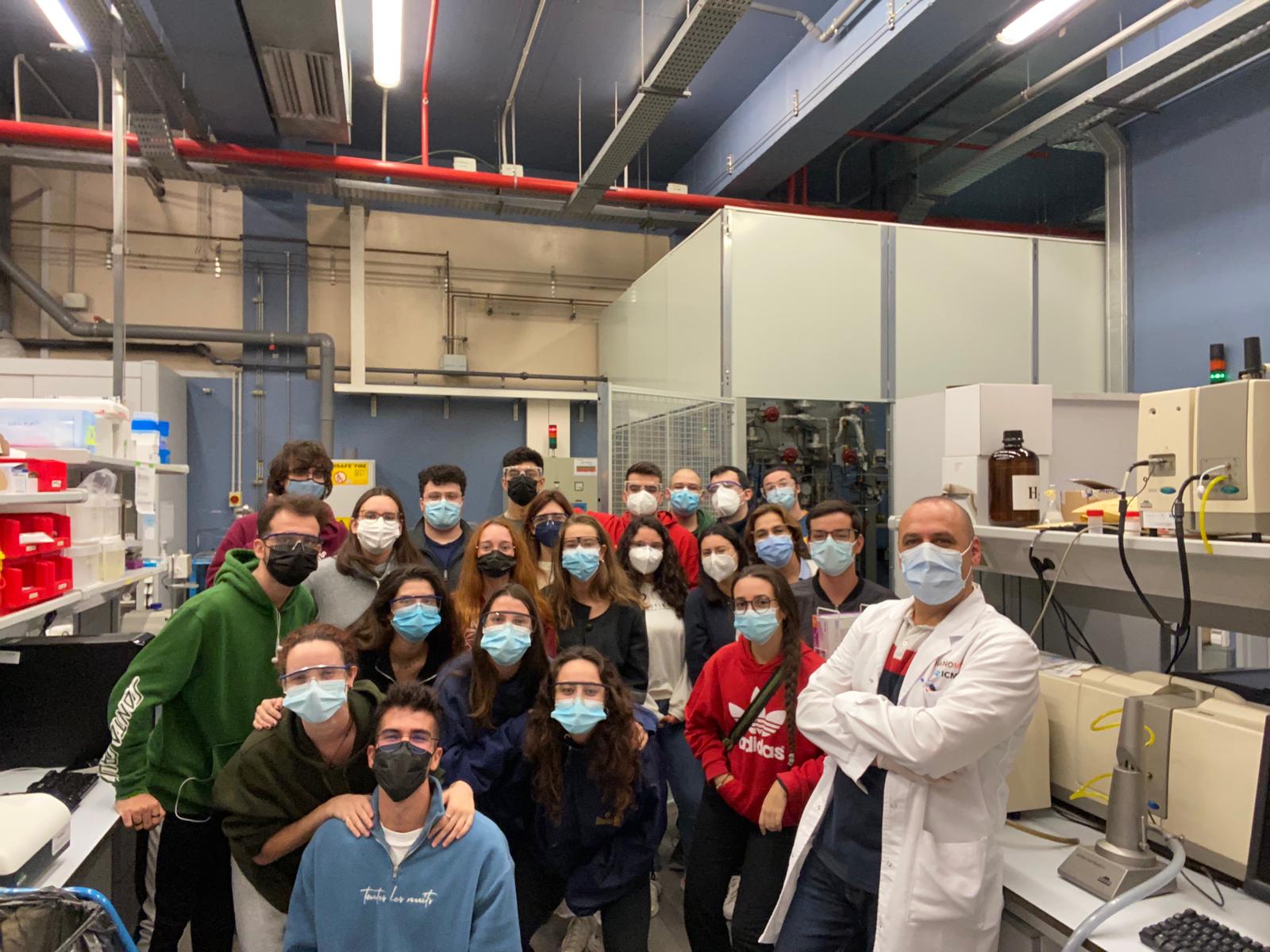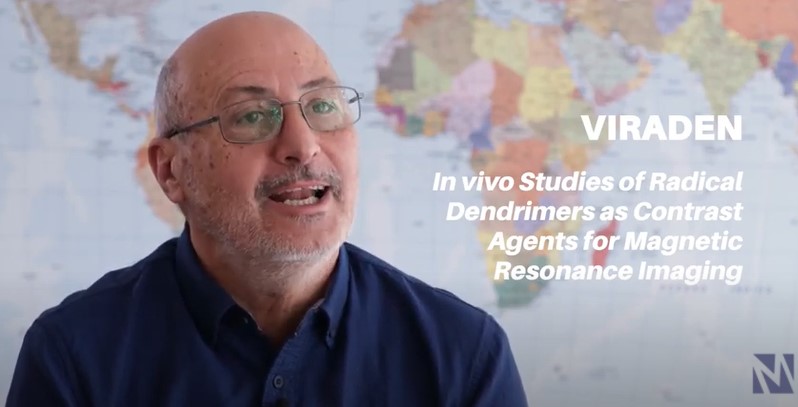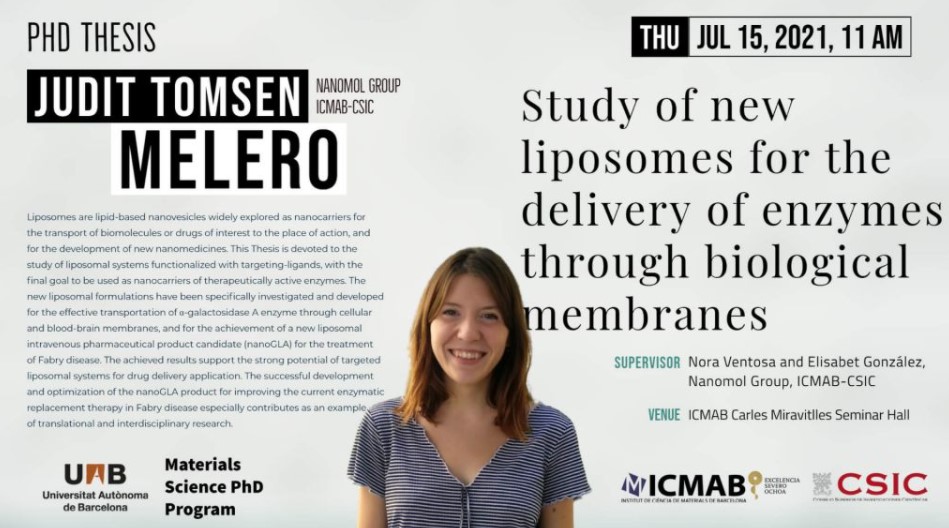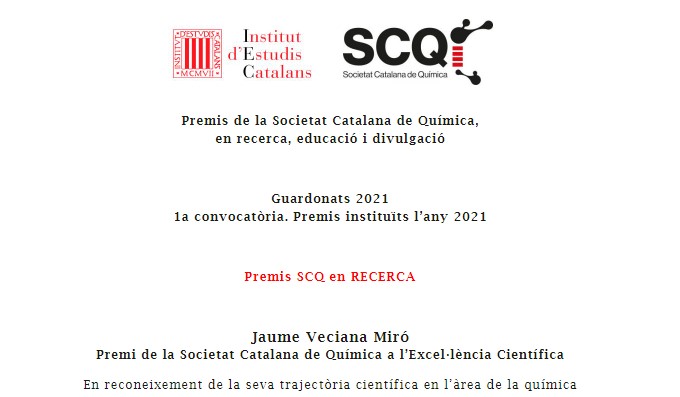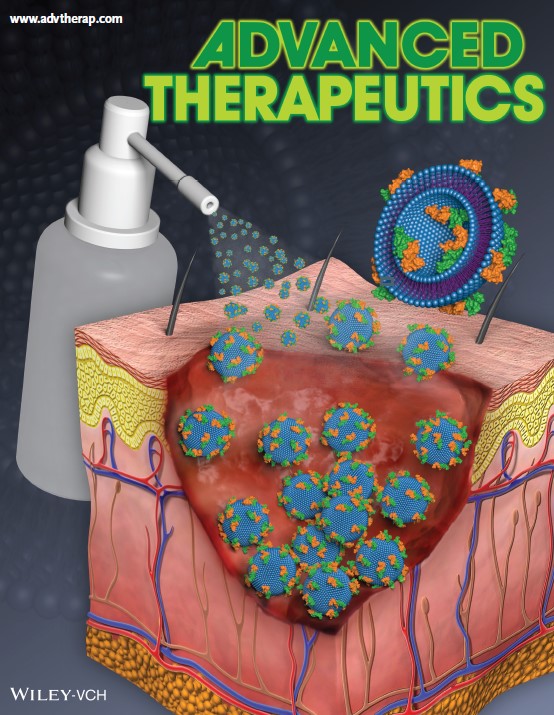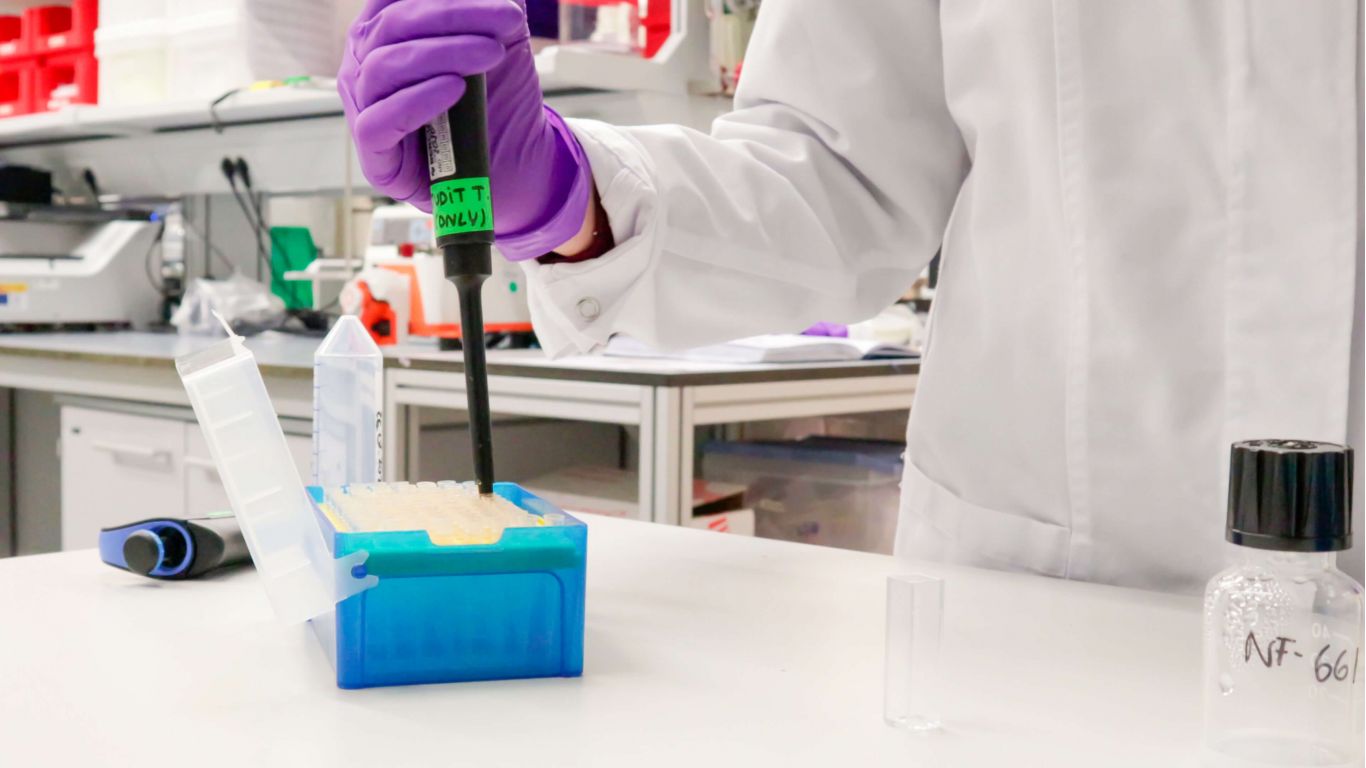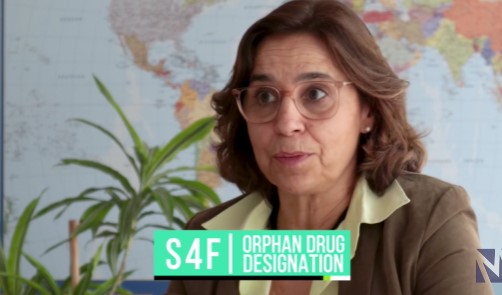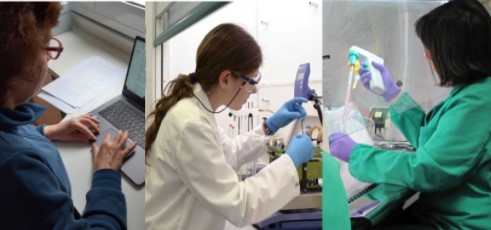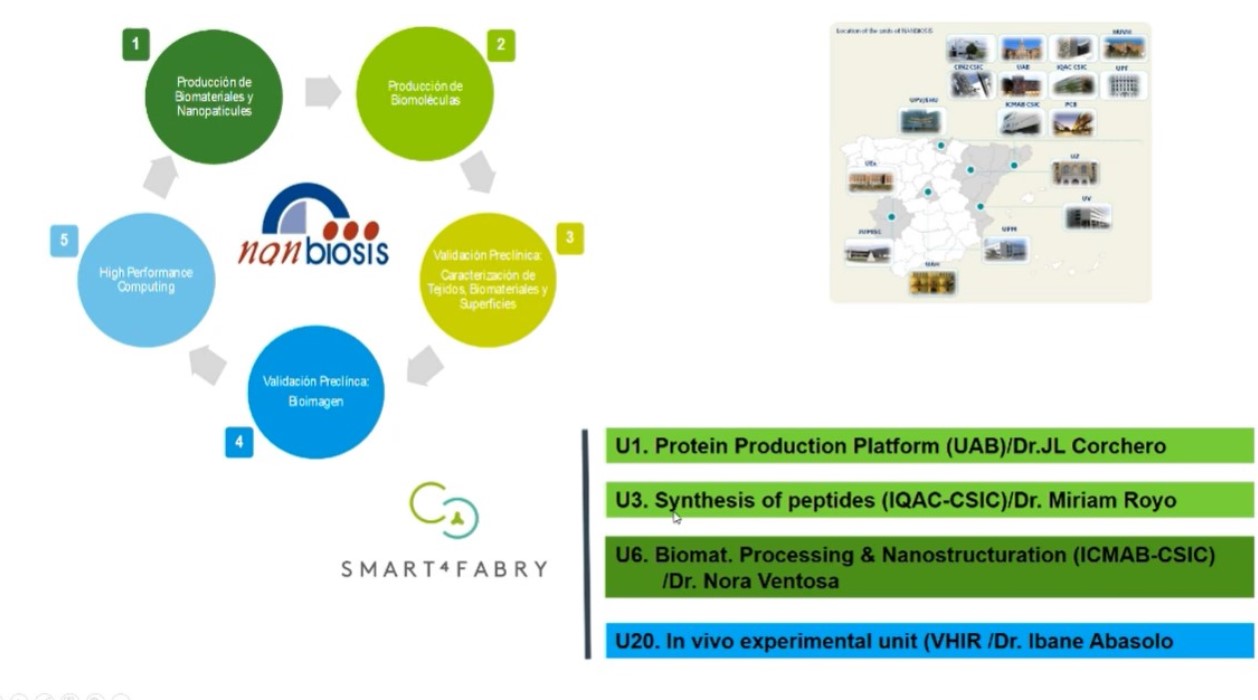‘SAFE-N-MEDTECH’ and ‘PHOEHIX’ OITBs in CIBER-BBN and NANBIOSIS annual Conference.
National and international leading researchers met online last November 15 and 16 at the XV CIBER-BBN Annual Congress to discuss the latest advances in bioengineering, biomaterials and nanomedicine research, and promote further collaborations in the field.
This year’s CIBER-BBN Annual Conference included three plenary lectures given by internationally recognized experts in the fields of SARS-CoV-2 infection and vaccination, biomedical signal processing for sleep disorders, and regenerative medicine and biosensors. In addition to a selection of internal collaborations, valorization projects and collaboration projects with the CIBER of Oncology, the three programs of the Precision Medicine Infrastructure (IMPaCT) were presented.
NANBIOSIS ICTS contributed to the scientific program of the Conference with a session dedicated to the Open Innovation Test Beds (OITBs). More precisely, Dr. Ángel del Pozo, from Biokeralty presented the SAFE-N-MEDTECH OITB as an example of innovation booster for medical devices, while Dr. Emre Türeli, from MyBiotech GmbH, was invited to describe PHOENIX, a Pharmaceutical OITB for Enabling Nano-pharmaceutical Innovative Products.
Both OITBs’ scope is to cover the gap between research in nanomedicine and clinical practice. Their main objective is to provide the research community and the rest of stakeholders with a fully functional infrastructure for the testing, validation and upscaling of new nano-pharmaceuticals and medical devices through a single entry point.
NANBIOSIS is participating in SAFE-N-MEDTECH leading the corner stone work-package of preclinical validation of nano-enabled medical technologies and also contributing to their previous physico-chemical characterization. Besides that, it coordinates a Test Case about innovative nanostructured implants for bone repair, and participates in three more, all proposed by industrial partners of the project.
CIBER-BBN is participating in Phoenix OITB, as well, with the Unit 6 of NANBIOSIS ICTS (Biomaterials Processing and Nanostructuring Unit) at the Institute of Materials Science in Barcelona (ICMAB-CSIC) as well as the BioNanoSurf group at the Aragon Institute of Materials Science (INMA-CSIC).
These projects have received funding from the European Union’s Horizon 2020 Research and Innovation Programme under Grant Agreements No. 814607 (SAFE-N-MEDTECH) and No. 953183 (PHOENIX)










